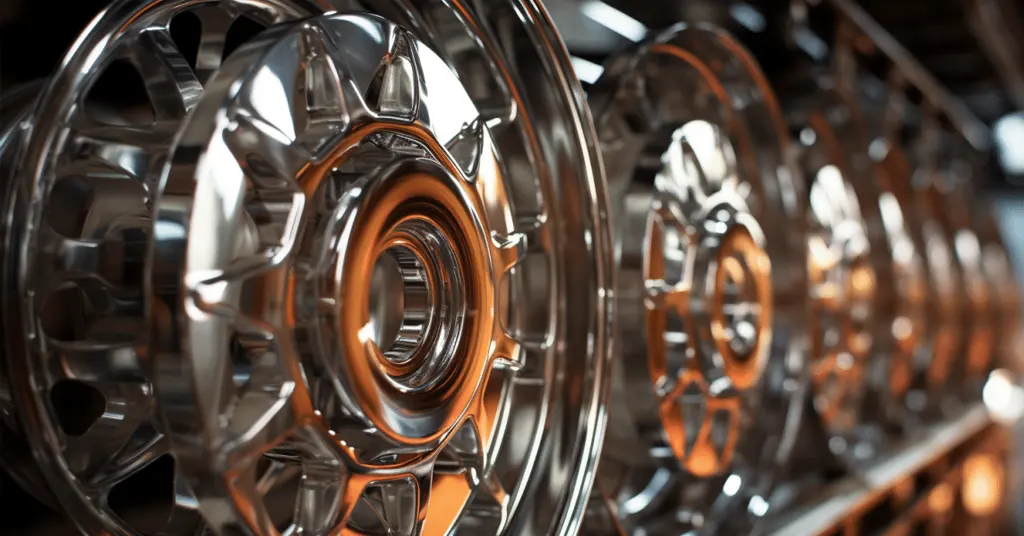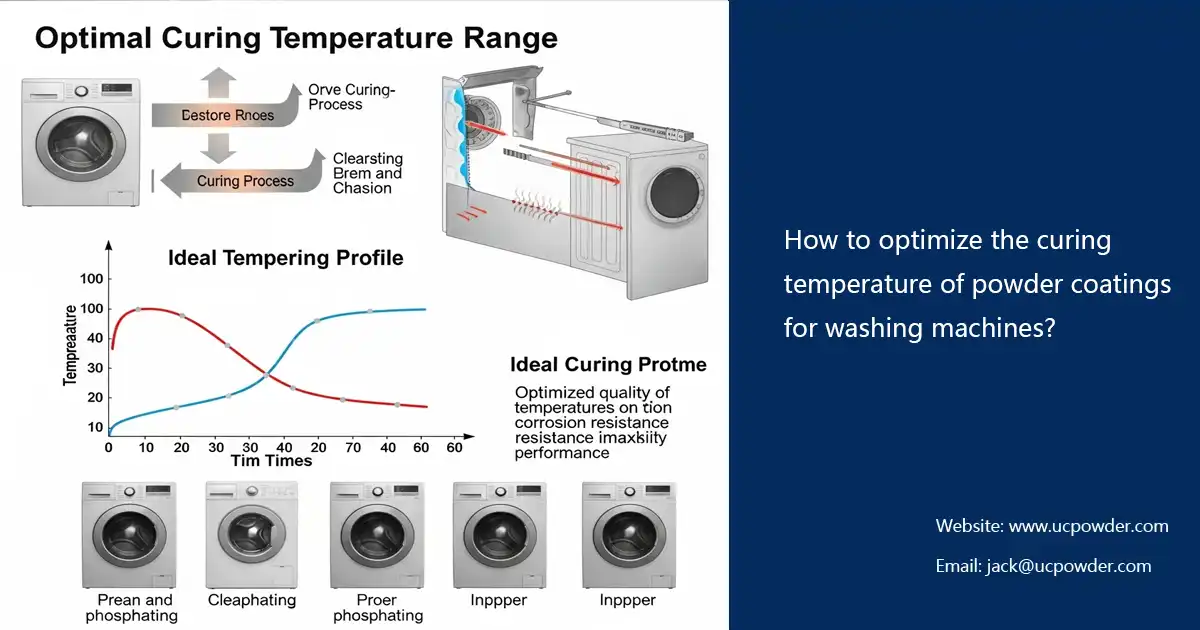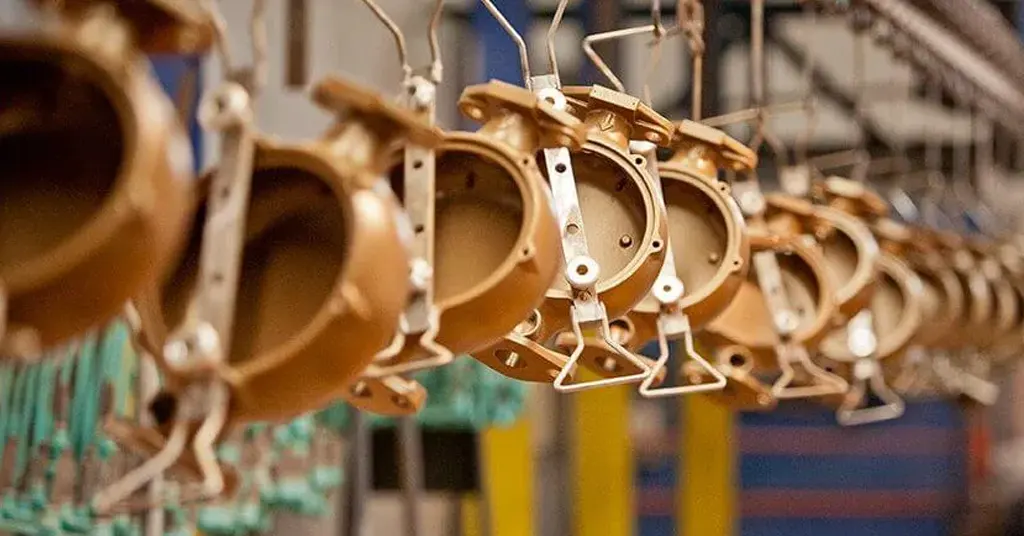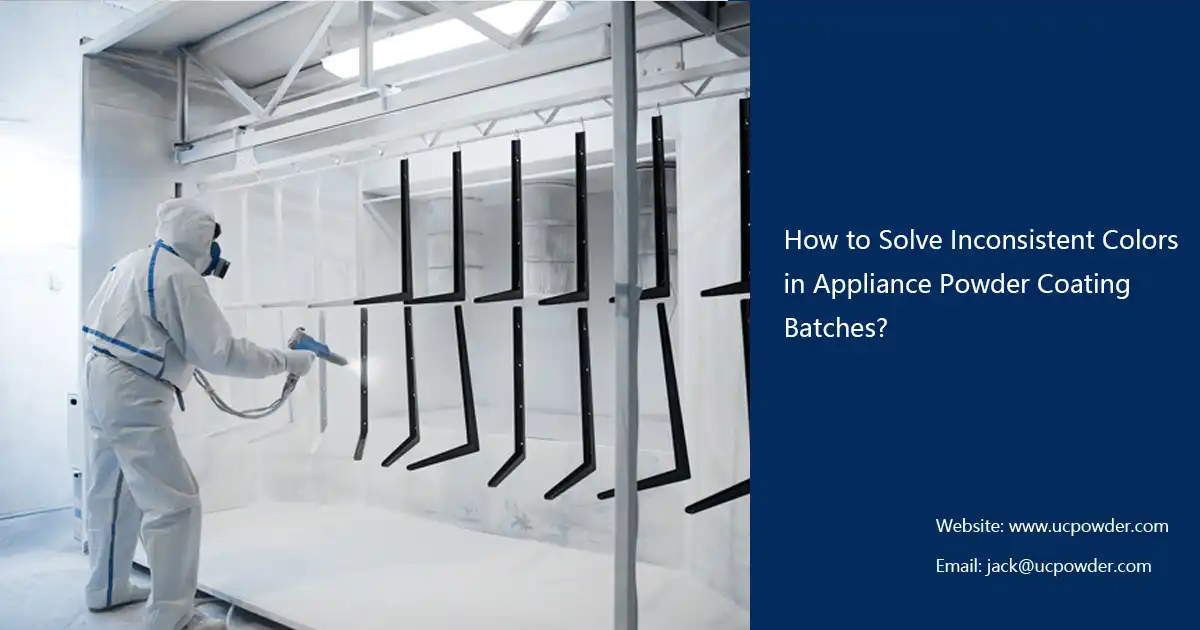FAQs and Solutions for Pure Polyester Powder Coating
In the intricate world of powder coatings, the quest for perfection often encounters hurdles. “Common Problems and Solutions for Pure Polyester Powder Coating” is your expert guide through these challenges. As we embark on this journey, we will uncover the common issues that can affect the application of pure polyester powder coatings and present practical solutions. This article serves as your roadmap to address these hurdles with precision, ensuring your coatings not only meet but exceed the desired standards.
1. Why do pure polyester powder coatings have bubbles?
Bubble problems in pure polyester powder coatings may be due to the following reasons:
- Oil stains or contaminants: If the surface is not thoroughly cleaned before painting, oil stains or other contaminants remain on the surface of the substrate, causing bubbles to form.
- Humidity issues: High humidity in the environment during painting may cause the gas in the coating to be released and form bubbles.
- Improper construction: Uneven spray thickness or over-spraying during painting may also lead to the generation of bubbles.
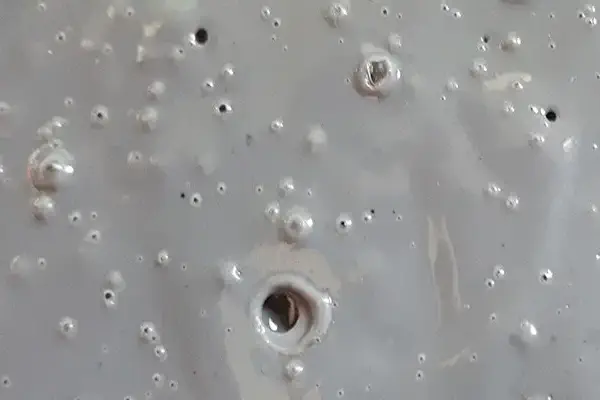
Solutions
- Prepare the surface adequately: Before painting, make sure the substrate surface is sufficiently clean to remove oil and other contaminants.
- Optimize the construction environment: Control the temperature and humidity of the coating environment to reduce the risk of bubble formation.
- Proper Application: Follow the paint manufacturer’s recommendations to ensure even application and do not overspray.
- Use Proper Equipment: Make sure to use high-quality spray equipment and powder to reduce the possibility of bubble problems.
- Consider pre-baking: After painting, perform proper baking to eliminate potential air bubbles.
2. Why does pure polyester powder coating peel off?
Pure polyester powder coating may peel off for a variety of reasons, common ones include:
Poor substrate preparation: Insufficient preparation of the substrate surface, such as oil, rust or dirt from the surface, causing the coating to not adhere firmly.
Improper application procedures: The coating may not have been applied evenly during application, or may not have been baked or cured according to the manufacturer’s recommendations after application.
- Substrate and Coating Incompatibility: Certain substrates may be incompatible with certain types of pure polyester powder coatings, causing the coating to peel.
Thermal Stress: Rapid temperature changes or thermal stress can cause coating peeling, especially in externally exposed applications.
Chemical Exposure: Coating peeling may occur when the coating is exposed to corrosive chemicals or solvents.
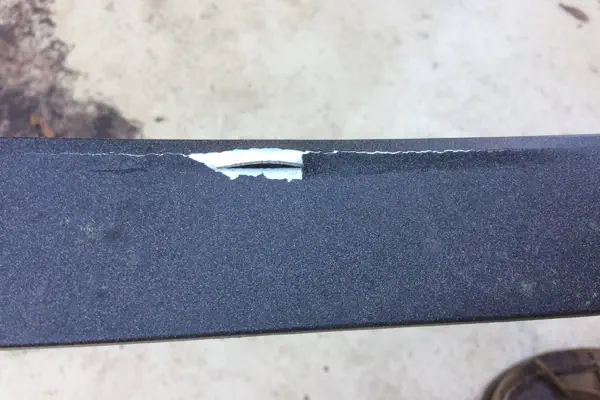
Solutions
- Substrate Preparation: Make sure the substrate surface is adequately cleaned and prepared to ensure the coating will adhere securely.
Proper Painting Procedure: Follow the paint manufacturer’s recommendations to ensure even application and follow recommended baking or curing procedures.
- Choose the Appropriate Coating Type: Make sure the pure polyester powder coating you choose is compatible with the substrate and meets the requirements of your specific application.
- Consider Thermal Stress and Chemical Exposure: Minimize the effects of temperature changes and chemical exposure on coatings when designing and applying.
3. Why is the color of pure polyester powder coating inconsistent?
- Uneven powder distribution: Even distribution of powder is very important during the coating process. If the powder is not distributed evenly, the color of the coating will vary.
- Improper baking or curing: Inconsistent baking or curing temperatures and times can cause color differences because color often changes during the process.
- Powder Color Differences from Batch to Batch: There may be slight color differences between different batches of powder, which may show up after painting.
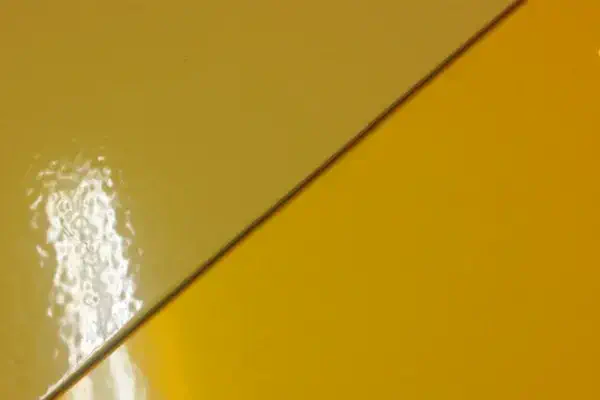
Solutions
- Uniform powder distribution: Ensuring that the powder is evenly distributed on the substrate during the coating process can be achieved by optimizing spray equipment and techniques.
Proper Bake or Curing: Follow the powder coating manufacturer’s recommendations for correct bake or cure temperatures and times to maintain color consistency.
- Same batch of powder: Try to use the same powder in the same batch to reduce color differences.
- Control the painting environment: Maintain stable painting environment conditions, including temperature, humidity and light, to reduce the impact of external factors on color.
4. How long does polyester powder coating last?
The lifespan of polyester powder coating can vary depending on several factors, including the quality of the coating, the application, and the environmental conditions it’s exposed to. In general, polyester powder coatings are known for their durability and longevity, and they can last for many years.
When applied correctly and maintained properly, polyester powder coatings can often last 10-20 years or even longer in many indoor and outdoor applications. However, exposure to harsh environmental conditions, such as extreme temperatures, UV radiation, and chemicals, can impact the coating’s longevity.
Regular cleaning and maintenance can also extend the lifespan of polyester powder coatings. It’s important to follow the manufacturer’s guidelines for care and maintenance to ensure the coating remains in good condition.

5. Does polyester powder coating prevent rust?
Polyester powder coating can provide a degree of protection against rust, but it is not inherently designed as a corrosion-resistant coating like some other specialized coatings such as zinc coatings (e.g., galvanization) or anti-corrosion coatings.
The effectiveness of polyester powder coating in preventing rust depends on several factors:
Proper Surface Preparation: To achieve the best rust prevention, the substrate (the surface being coated) should be thoroughly cleaned and prepared before applying the polyester powder coating. Any rust or contaminants on the substrate should be removed, as the coating cannot effectively prevent rust if applied over an already corroded surface.
Quality of Application: The quality of the application, including proper curing of the coating, is essential. If the coating is applied correctly and cured to its intended specifications, it can provide a protective barrier against environmental factors, which may include moisture and oxygen, contributing to rust formation.
Environmental Conditions: The effectiveness of polyester powder coating in preventing rust can vary depending on the environmental conditions to which the coated object is exposed. In indoor, dry, or mild environments, the coating may provide sufficient protection. However, in outdoor or harsh environments with exposure to moisture, chemicals, or salt, the coating’s resistance to rust may be limited.
Have Anything To Ask Us?

